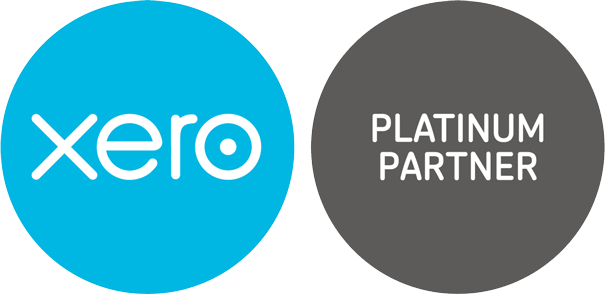News
Small businesses see changes to the VAT Flat Rate Scheme
04 April 2017
Small business users of the VAT Flat Rate Scheme who have low costs may see the rate they pay drastically increase under new changes, which came into effect at the beginning of this month.
The Flat Rate Scheme was created to simplify businesses’ record keeping, by making it easier for smaller companies to figure out their bill.
VAT is usually calculated using a two stage process, where VAT registered businesses are required to deduct the VAT on their inputs, from their outputs. Meanwhile, the Flat Rate Scheme uses a simplified single step process, whereby they only pay VAT on the sale at a rate determined upon their business type.
Whilst this system is simpler for small business it can also lead to some businesses effectively paying less or more than they would do under the ‘typical’ two stage VAT regime.
HM Revenue & Customs has been aware of this inconsistency for some time and has long suspected some businesses of using the rules to their advantage.
With this in mind, the Chancellor Philip Hammond announced changes to the Scheme at the last Autumn Statement in November 2016, which now see the rates of low cost businesses, referred to as ‘limited cost traders’, increase.
Limited cost traders are one of the groups accused of unfairly benefiting from the system. They can still use the Flat Rate Scheme, but their percentage now increases to 16.5 per cent. So if they sell £240 of work, including £40 of VAT, the flat rate amount payable is £39.60 or £240 x 16.5 per cent.
Businesses that spend less than two per cent of sales on goods (not services) in an accounting period are considered limited cost traders. A company is also considered a limited cost trader if it spends less than £1,000 a year, even if this is more than two per cent of the firm’s turnover on goods.
When working out the amount spent on goods, firms cannot include purchases of capital goods, food and drink or vehicles or parts for vehicles.
IT contractors, consultants, hairdressers and accountancy firms, which heavily rely on labour, with very little other costs, are most likely to be affected. Whilst construction workers who supply their labour, but are provided with the raw materials by the main contractor, are also likely to be caught up in the new changes.
The new rules came into effect on 1 April 2017, and HMRC has warned that it may also affect invoices issued, and goods bought, from the date of the Statement onwards.
Case Studies
-

A modern approach required for music moguls
-

A taste for growth, a thirst for knowledge
-

Sometimes a business does exactly as it says on the tin
-

Smiles all round for dental practice
-

Taxing demands with old school charm
-

A shared passion for architecture and a head for numbers
-
Child's play with proactive accounts management
-

Customer care is top of the list for packaging business
-

Cut above the rest in personal management style


